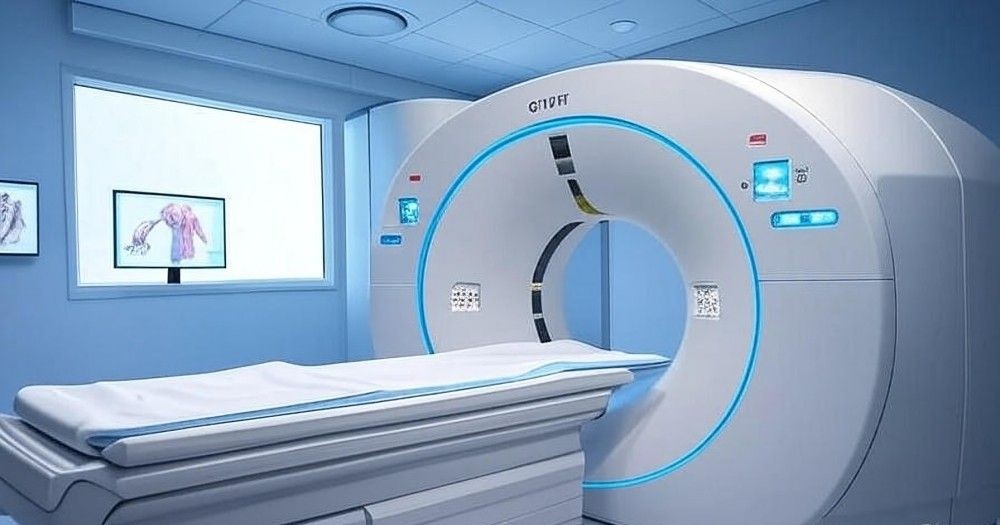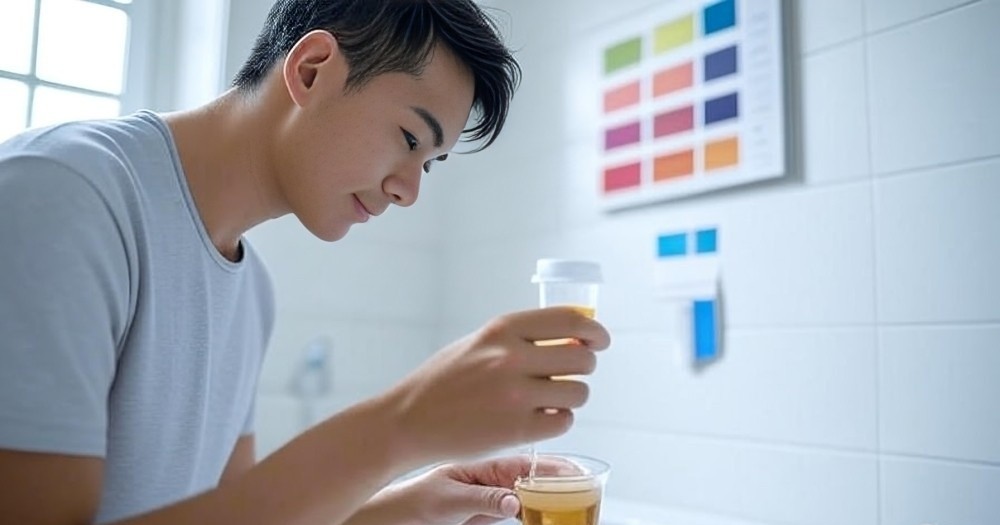
What a thing: Small tube, great work
Think of such a small thing that can complete a diagnostic test with just a drop of blood… Yes brother, this is the capillary tube! This small glass or plastic tube shows magic in hospital labs. Whether it is anemia test, blood gas check or checking glucose level in diabetes – this tube makes everything easy. In this blog, we will explain in detail what is a capillary tube, how does it work, what types are there and what is its role in the lab.
Capillary Tube : What is it and how does it work
Capillary tube is a thin tube, made of plastic or glass – with a small opening of just 0.5 to 2 mm. It has a natural trick – capillary action – in which the liquid moves inside the tube without any force. Due to surface tension and the sticky quality of the liquid, the blood moves inside on its own.
That is why when a very small blood sample has to be taken – like just a drop – then this tube works wonders. It is used for all kinds of tests in hospitals – and also gives accurate results. For every test, different types of tubes are available – hence capillary tubes do their work without any noise.
Types of Capillary Tubes: What is the use of each one?
Plain Capillary Tubes
They are empty tubes, without any coating. These are used when there is no concern of clotting, such as for basic tests.
Heparinized Capillary Tubes
They are coated with heparin – which prevents clotting. They are especially useful for hematocrit and blood gas tests.
Fluoride Capillary Tubes
They contain sodium fluoride, which prevents glucose breakdown. These are the perfect choice for glucose tests in diabetes.
Microhematocrit Tubes
These are specially made for hematocrit check – it tells how much percent of red cells are present in the blood.
What problem do capillary tubes solve?
Now see – taking blood is also a task. For children, elders or those whose veins are fragile, it becomes a big scene. It takes a big syringe, skilled nurse and time.
Capillary tube removes all these tensions:
- Less trouble: A sample can be taken with just a small finger or a prick of the foot.
- Quick work: A sample can be taken and tested quickly even in emergency.
- Easy to use: No need for much training – anyone can learn quickly.
In neonatal care, when blood has to be taken from a newborn, or a test has to be done in a village or countryside – capillary tube becomes the best option.
Real examples of use: Where is this tube used?
Microhematocrit Test
To find out the percentage of red blood cells, the blood is spun and separated – and the result is displayed directly on the screen.
Blood Gas Analysis
For patients in ICU or on ventilator, oxygen, CO2 and pH levels have to be checked – heparinized tubes are useful here.
Glucose Testing
If you want to check the sugar level of a diabetic patient, then fluoride tubes are the best.
Diagnosis of children
Capillary tubes are perfect for children and newborns – all tests can be done even with less blood.
Point-of-Care Testing (POCT)
Be it an ambulance or a rural clinic – these tubes can be used for quick testing and treatment can start immediately.
- What’s the big deal: Capillary Tube Features
Small price: Patient does not feel much pain. - Save time: Sample is taken and result is obtained quickly.
- Budget friendly: It works without a heavy syringe.
- Result is accurate: Sample quality is maintained.
- Useful everywhere: It is useful everywhere, be it a village or a city.
How to use capillary tube in lab
It is important to follow some rules to get correct results in lab:
- Always use sterile tubes: Do not take chances of infection.
- Choose the correct type: Select the tube according to the test.
- Do not press too much: Too much pressure can release tissue fluid and result will be wrong.
- Seal it properly: There should be no leakage in transport or centrifuge.
- Safe disposal: Dispose of used tubes as per biohazard.
Future scenario: Capillary tube and advance tech
Capillary tube is an important tool even today – but tomorrow it will be more advanced. Designs are coming that will be biodegradable or have sensors that will give real-time data. Imagine – take a drop of blood and get all the reports instantly… amazing!
If you want to know about more such tools or want to see the latest diagnostic technology, explore our blog. The future of healthcare is bright – and capillary tubes are a shining star in it




